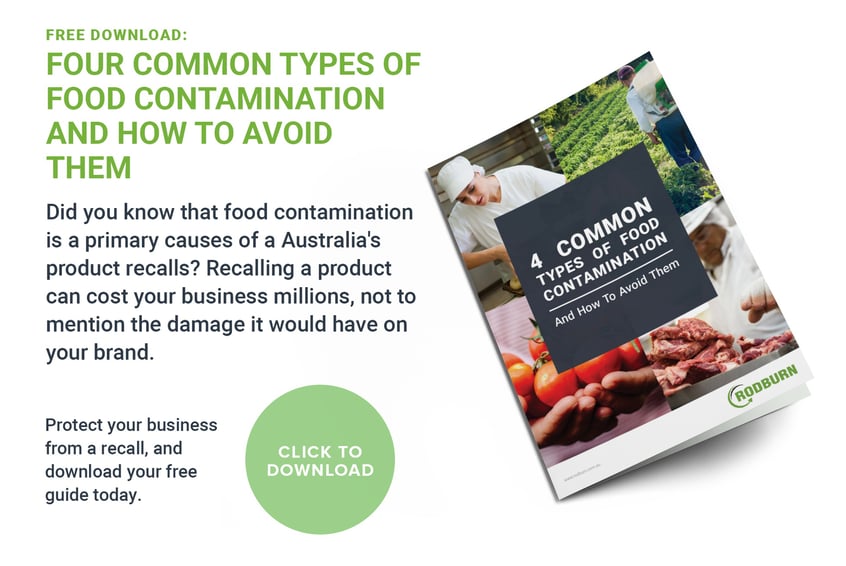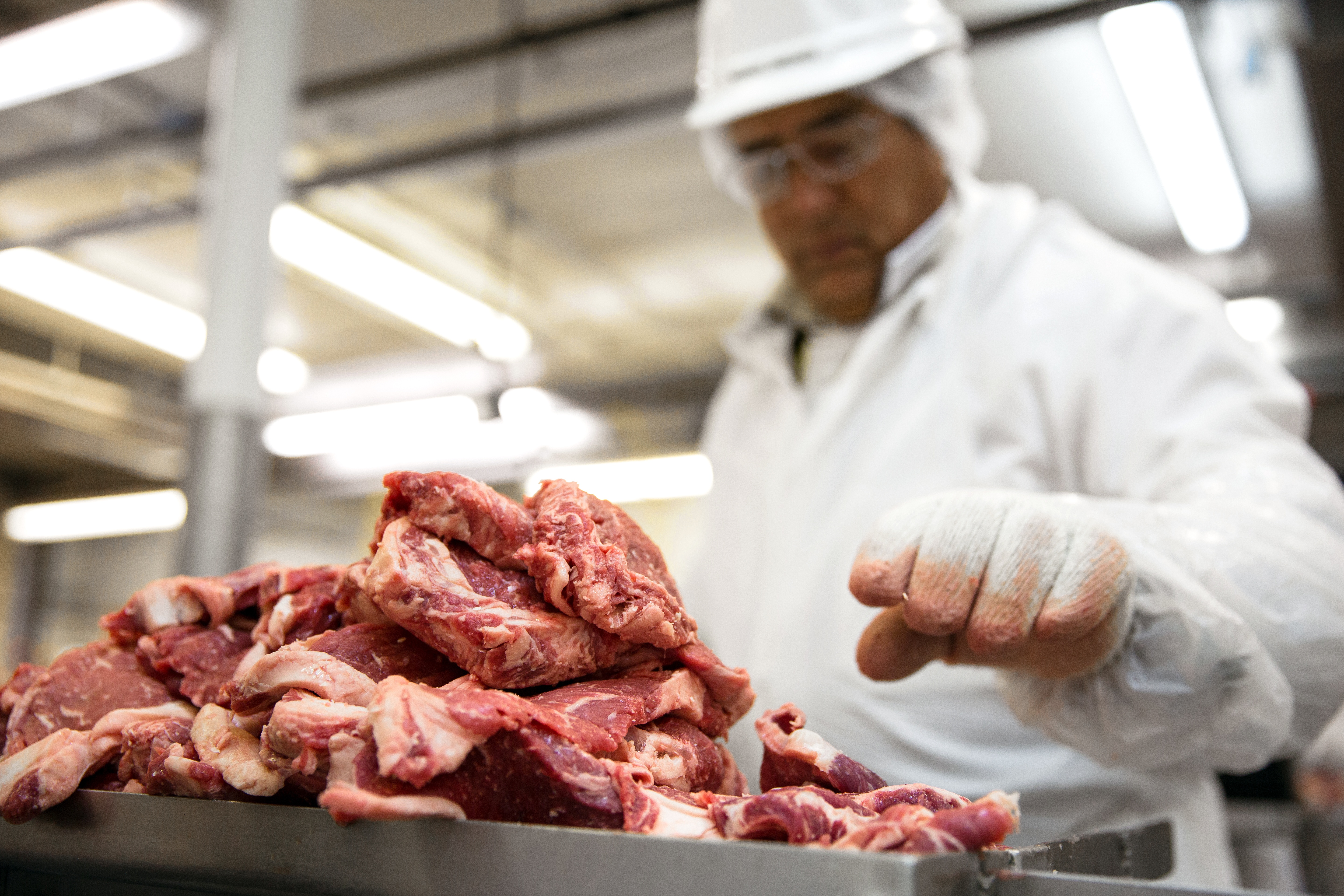Bacterial contamination is estimated to be the most common cause of food poisoning worldwide, and is an issue that no one in the food manufacturing industry can afford to ignore. It occurs when harmful bacteria spread to food and are consumed. There are countless ways this can happen, and common causes of contamination include dust, raw meat, pests, clothing, cleaning materials and the human body.
The good news is that biological contamination can be minimised by having the correct procedures in place. Here are our top three tips for elimination contaminants from your workplace:
- Utilise thermal processing and packaging technologies
Thermal processing is the combination of temperature and time required to eliminate microorganisms from a food product, removing a multitude of contaminants through cooking or pasteurisation. Another way to prevent biological contamination is through the use of food technologies which prevent the growth of bacteria or other biological hazards. Examples of this include the use of preservatives, processing techniques like dehydration and the use of packaging techniques such as vacuum or modified atmosphere packaging.
- Have appropriate process controls in place
Having the appropriate process controls in place is key to minimising the risk of biological contaminants entering the food chain. It involves using the correct storage temperatures for coolers and freezers, and having an adequate cooling system that services the entire food processing area. It also means ensuring that processing parameters are consistently accurate for factors such as the temperature and time for cooking, and for water activity during dehydration.
- Use effective cleaning and sanitisation procedures
Food processing areas are subject to strict regulations when it comes to hygiene, and having effective cleaning and sanitisation procedures in place is essential to preventing contamination. It’s important to have the appropriate Sanitation Standard Operaring Procedures (SSOPs) in place, with all staff trained in the provision of maintaining cleanliness standards. Another way to avoid biological contaminaton is by preventing the build up of moisture in the enivironment, to avoid mould and mildew from forming.
With the right attitude and a vigilant approach, the risk of biological contaminants can be eliminated in food processing environments. Having the correct procedures in place will help ensure that staff and management are both on the same page with respect to food safety practices, minimising the overall risk to consumers.






